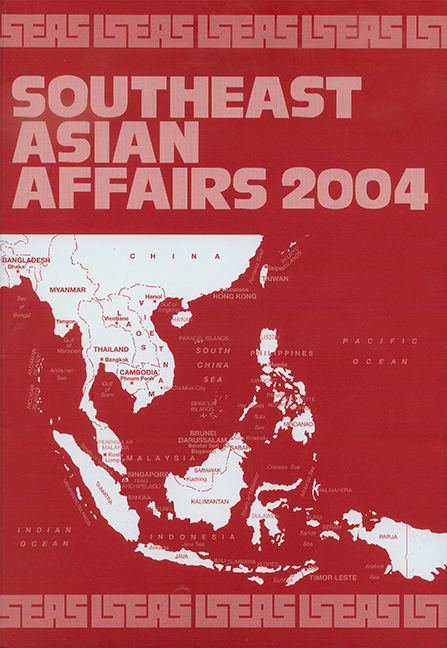Book contents
- Frontmatter
- FOREWORD
- Contents
- INTRODUCTION
- THE REGION
- BRUNEI DARUSSALAM
- CAMBODIA
- INDONESIA
- LAOS
- MALAYSIA
- MYANMAR
- THE PHILIPPINES
- SINGAPORE
- Singapore: Surviving the Downside of Globalization
- Singapore's Bilateral Trading Arrangements in the Context of East Asian Regionalism: State of Play, Issues, and Prospects
- THAILAND
- TIMOR LESTE
- VIETNAM
Singapore's Bilateral Trading Arrangements in the Context of East Asian Regionalism: State of Play, Issues, and Prospects
from SINGAPORE
Published online by Cambridge University Press: 21 October 2015
- Frontmatter
- FOREWORD
- Contents
- INTRODUCTION
- THE REGION
- BRUNEI DARUSSALAM
- CAMBODIA
- INDONESIA
- LAOS
- MALAYSIA
- MYANMAR
- THE PHILIPPINES
- SINGAPORE
- Singapore: Surviving the Downside of Globalization
- Singapore's Bilateral Trading Arrangements in the Context of East Asian Regionalism: State of Play, Issues, and Prospects
- THAILAND
- TIMOR LESTE
- VIETNAM
Summary
1. Introduction
With the World Trade Organization's (WTO) Cancun ministerial meeting of September 2003 failing as an interim stocktaking for the Doha round scheduled for completion by January 2005, it can be expected that the momentum for “new regionalism” will grow. Distinguished from “old regionalism” as economic regionalization, the political economy of the new regionalism since the 1980s is driven by globalization, information technology, knowledge-based economy, deregulation, and strategic/security interests. More unilateral, bilateral, trilateral, “pluri-lateral”, and cross-regional free trade agreements (FTAs) and regional trade agreements (RTAs) have been notified to the WTO as a response to mismanaged multilateralism, perceived or otherwise.
The new regionalism seems like a realignment of the traditional triad, made up of the European Union (EU), the North American Free Trade Area (NAFTA), and the emerging East Asian regionalism. In East Asia, a burgeoning China within the ASEAN Plus Three (APT) co-operative framework is altering the dynamics of ASEAN as well as the old Japanese-led flying-geese pattern of trade and foreign direct investment (FDI). Even the Asia-Pacific Economic Cooperation (APEC) forum seems “lost” given the new regionalism and intramural APEC difficulties. Non-completion of the ASEAN Free Trade Area by 2002 and synchrony with the new regionalism as WTO wanes have prompted individual ASEAN countries to enter into bilateral FTAs.
An ASEAN Economic Community (AEC) by 2020 — proposed by Singapore at the 2002 ASEAN summit — as an FTA-plus but not quite a customs union, albeit with some common market features, may muddle through much like the ASEAN 2020 vision enunciated at the 1998 ASEAN summit, in the absence of resolute political will. ASEAN's geographic and buffer value between a rising China and an eclipsing Japan has nonetheless attracted FTA offers from Australia and New Zealand (which constitute a Common Economic Relations, or CER, partnership between themselves), Japan, India, and the United States.
- Type
- Chapter
- Information
- Southeast Asian Affairs 2004 , pp. 239 - 254Publisher: ISEAS–Yusof Ishak InstitutePrint publication year: 2004



